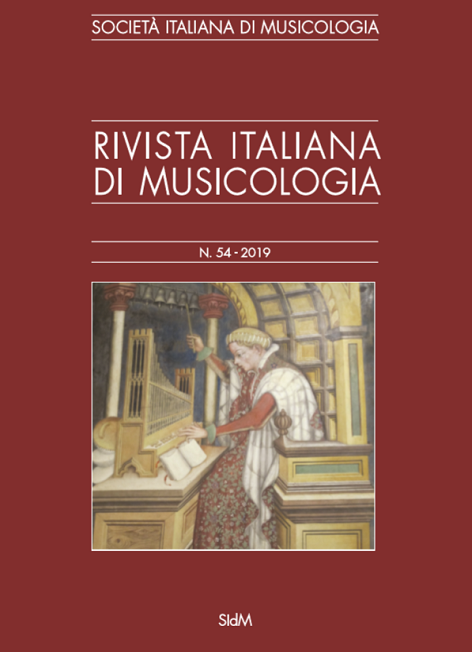Gino Marinuzzi e i canti della Sicilia. Tra color locale e identità nazionale
Abstract
At the dawn of the 20th century the feeling of national identity was still unknown to the vast majority of Italians. Many were the intellectuals of the time who contributed to the cause of cultural unification through the creation of products capable of embodying the true Italian spirit, even if from a regional point of view. This process was also carried out by musicians, who in this period used local folk tunes on different occasions in their compositions to infuse the music with an Italian ‘aura’. In fact, this is the moment in which composers dedicate themselves in a more systematic way to the rediscovery of folk songs, and all is amplified by the fact that the last decades of the 19th century are fundamental for the emergence of the scientific study of etnofonia. This ‘compositional aesthetics’ directed towards folklore can be paralleled to the neoclassical orientation of Italian composers who worked in the early decades of the twentieth century and who aim to enhance contemporary instrumental music through the repêchage of instrumental forms practiced in 17th- and 18th-century Italy. It is therefore not surprising that Gino Marinuzzi, a Sicilian composer and conductor, devoted himself to the composition of symphonic music at the beginning of the twentieth century in order to embody the spirit of the Italian peninsula. The means by which Marinuzzi operated was however that of Sicilian melodies, thus representing this region very well, but not reflecting the whole country. The interest in the traditional musical heritage of his region was transmitted to Marinuzzi by Alberto Favara, who already at the end of the 19th century had devoted himself to the rediscovery and enhancement of Sicilian melodies.


